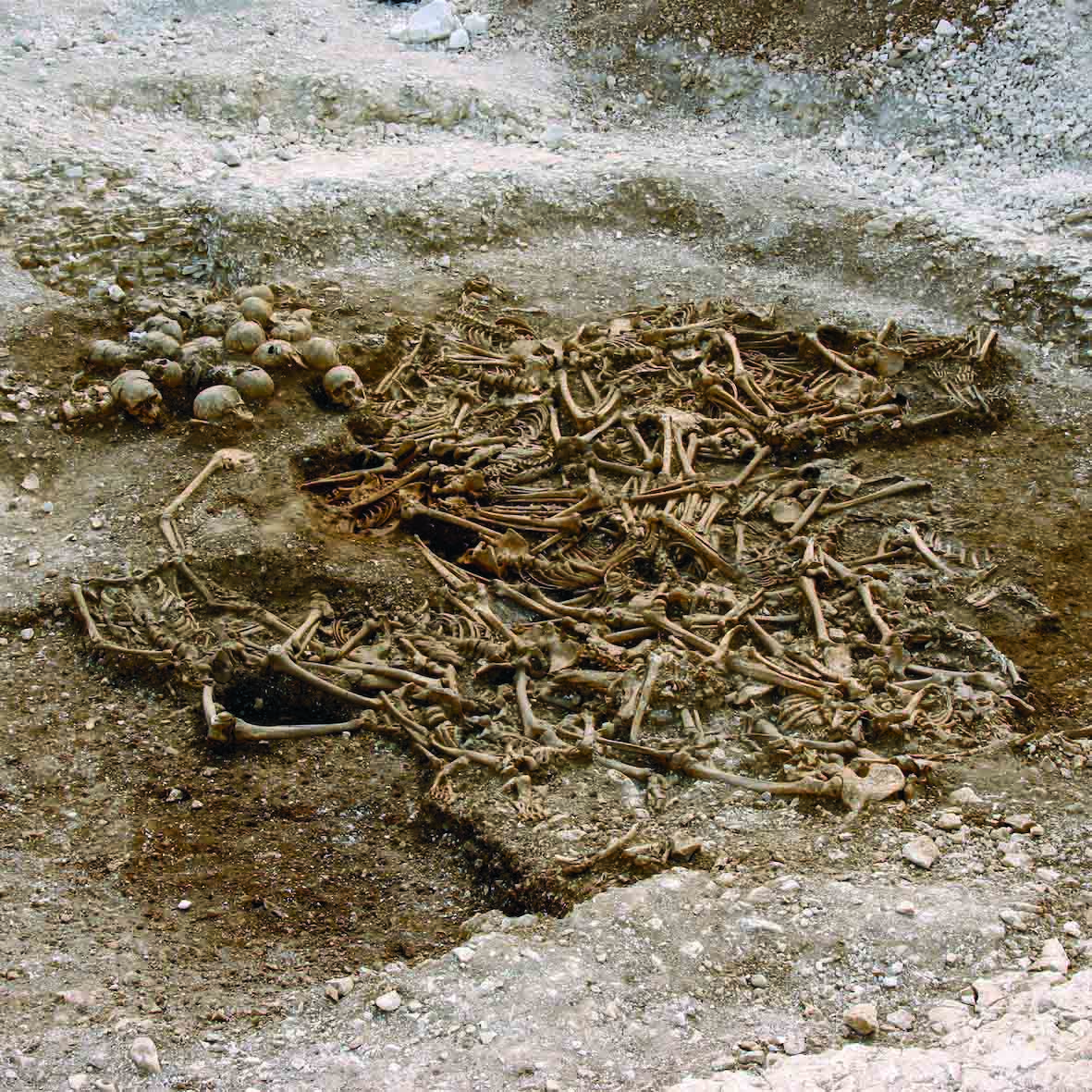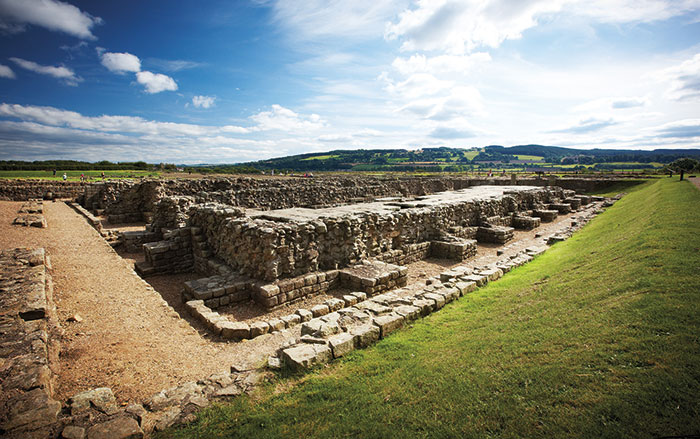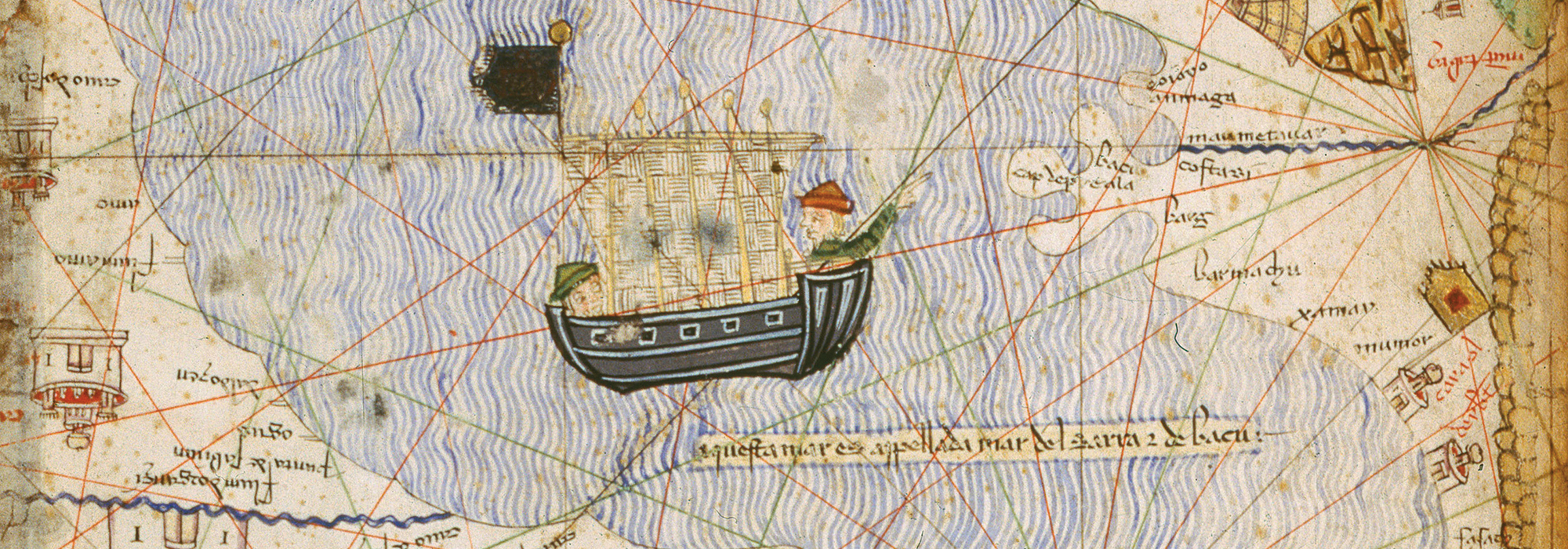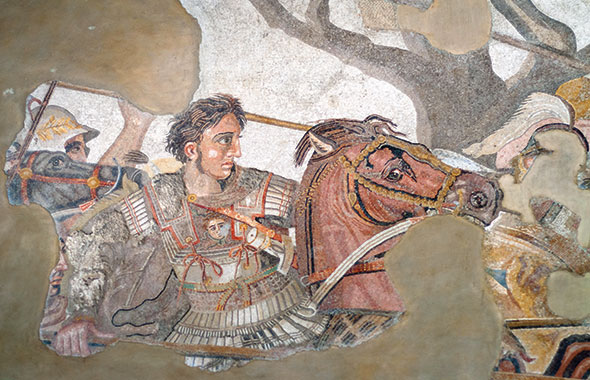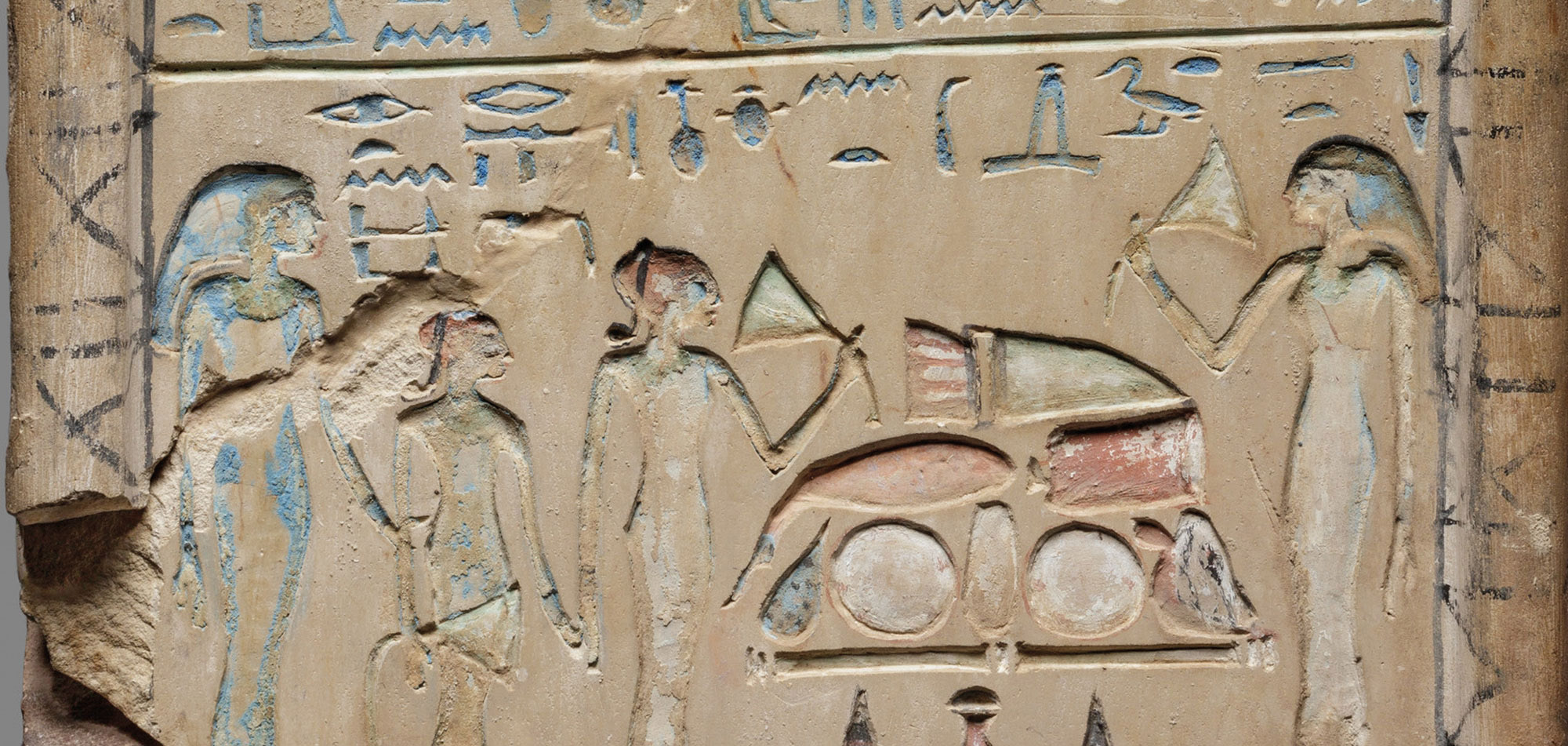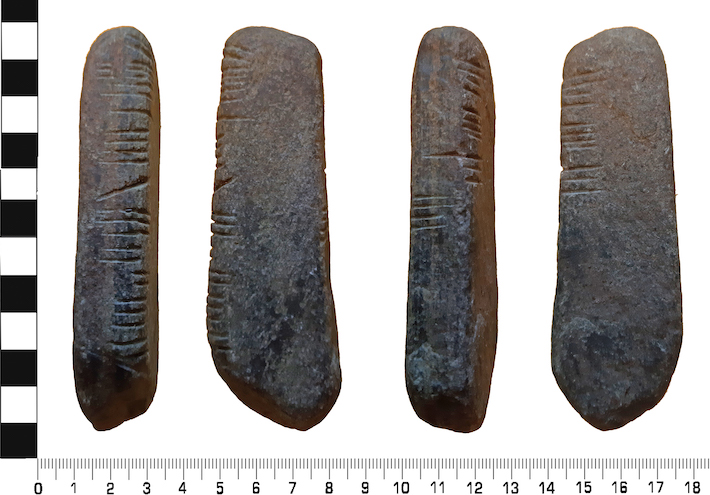
COVENTRY, ENGLAND—The Irish Times reports that an inscribed rectangular piece of sandstone was discovered by a gardener in his yard in England’s West Midlands. He sent photographs of the rock to a local archaeologist, who identified the markings as ogham, an early medieval alphabet consisting of groups of parallel lines for writing the Irish language. “This particular find has given us a new insight into early medieval activity in Coventry, which we still need to make sense of,” said archaeologist Teresa Gilmore, finds liaison officer for Staffordshire and West Midlands at Birmingham Museums. Katherine Forsyth of the University of Glasgow added that the script likely dates to the fifth or sixth century A.D., but may even date back to the fourth century. Stones inscribed with ogham are usually found in Ireland or Scotland, she explained. She thinks this one may have been a keepsake that belonged to someone traveling from Ireland to a monastery in the area. The first part of the inscription “Maldumcail/S/Lass,” refers to a person’s name, Mael Dumcail, while the rest of the text, S/Lass, may refer to a location, Forsyth concluded. The artifact has been donated to the Herbert Art Gallery and Museum, where it will be put on display. To read about the longest Old Norse runic inscription, go to "The Emperor of Stones."


